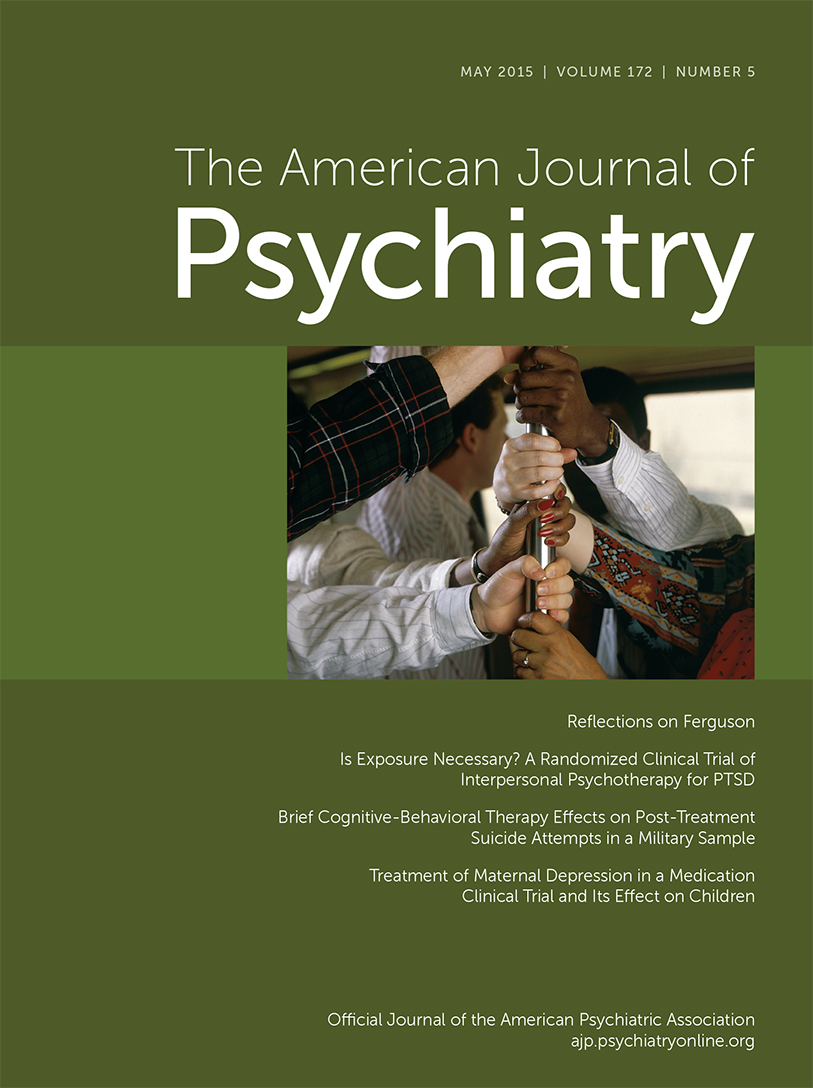Cortical Morphology in 6- to 10-Year Old Children With Autistic Traits: A Population-Based Neuroimaging Study
Abstract
Objective:
Recent evidence suggests that symptoms of social impairment in autism spectrum disorder (ASD) form a spectrum that extends into the general population. However, it is unclear whether the neuroanatomy of ASD also shows a similar continuum in the general population. Therefore, the goal of the present study was to investigate the relationship between cortical morphology and autistic traits along a continuum in a large population-based sample of young children.
Method:
The study included 717 children, aged 6–10 years, who are participants in the Generation R Study, a large population-based cohort. Autistic traits were measured using the Social Responsiveness Scale when the children were approximately 6 years old. High-resolution MRI was obtained, and morphological measures of the cortex, including cortical thickness and gyrification, were quantified brain-wide.
Results:
Children with more autistic traits showed widespread areas of decreased gyrification. After excluding children with the highest autistic traits and confirmed ASD, the association remained present in a large cluster involving the left hemisphere temporal and precuneus regions. Comparable, but nonsignificant, effects when comparing a small sample of confirmed ASD case subjects with age- and gender-matched control subjects were observed.
Conclusions:
Differences in cortical morphology related to autistic traits along a continuum in a large population-based sample of school-aged children were found. Part of these differences remained after excluding the most severely affected children. These findings lend support to an extension of the neurobiology of autistic traits to the general population.



